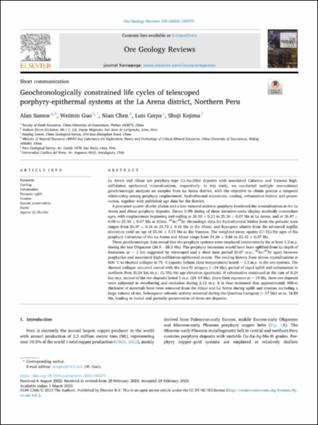Please use this identifier to cite or link to this item:
https://hdl.handle.net/20.500.12544/4438Files in This Item:
| File | Description | Size | Format | |
|---|---|---|---|---|
| Santos-Geochronologically_constrained_La_Arena.pdf | Artículo científico | 10.32 MB | Adobe PDF | View/Open |
This item is licensed under a Creative Commons License












